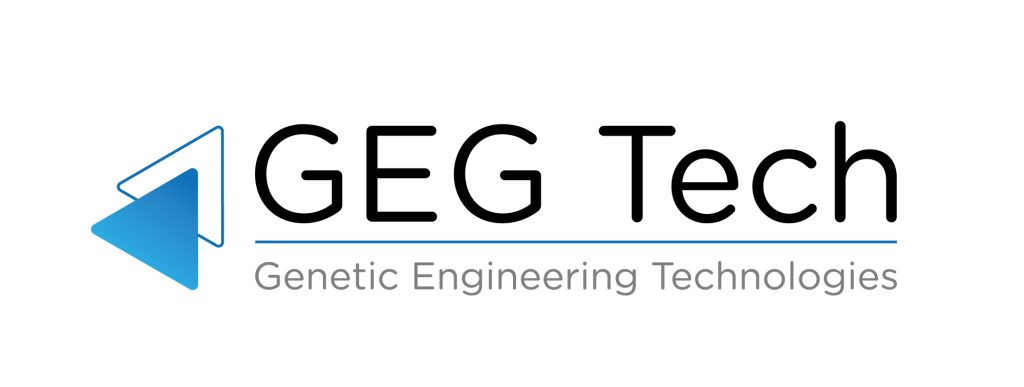Many drugs cannot cross the blood-brain barrier (BBB), which also applies to most CRISPR-carrying vehicles. So Bingyang Shi made chemically functional nanocapsules to penetrate the BBB, according to a study recently published in Science Advances. He essentially packaged unique CRISPR-Cas9/sgRNA complexes in a coating consisting of a thin polymeric shell made of positively charged guanidine acrylate cross-linked with N,N-bis(acryloyl)cystamine that contains biodegradable disulfide bonds. The shell was finally decorated with the peptide angiopep-2. While coating rather than encapsulation was chosen to maintain the particle size at approximately 30 nm and thus facilitate BBB penetration, the angiopep-2 peptide served two purposes. It is a ligand that binds to low-density lipoprotein receptor-related protein-1, which is most highly expressed on BBB endothelial cells and glioblastoma (GBM) cells. This will result in the concentration of the nanocapsules around the BBB, increasing their chance of penetration into the brain, where they will then be preferentially taken up by GBMs. However, more work is needed before these nanocapsules can emerge as a therapy for GBM patients.





